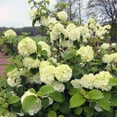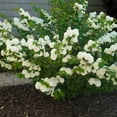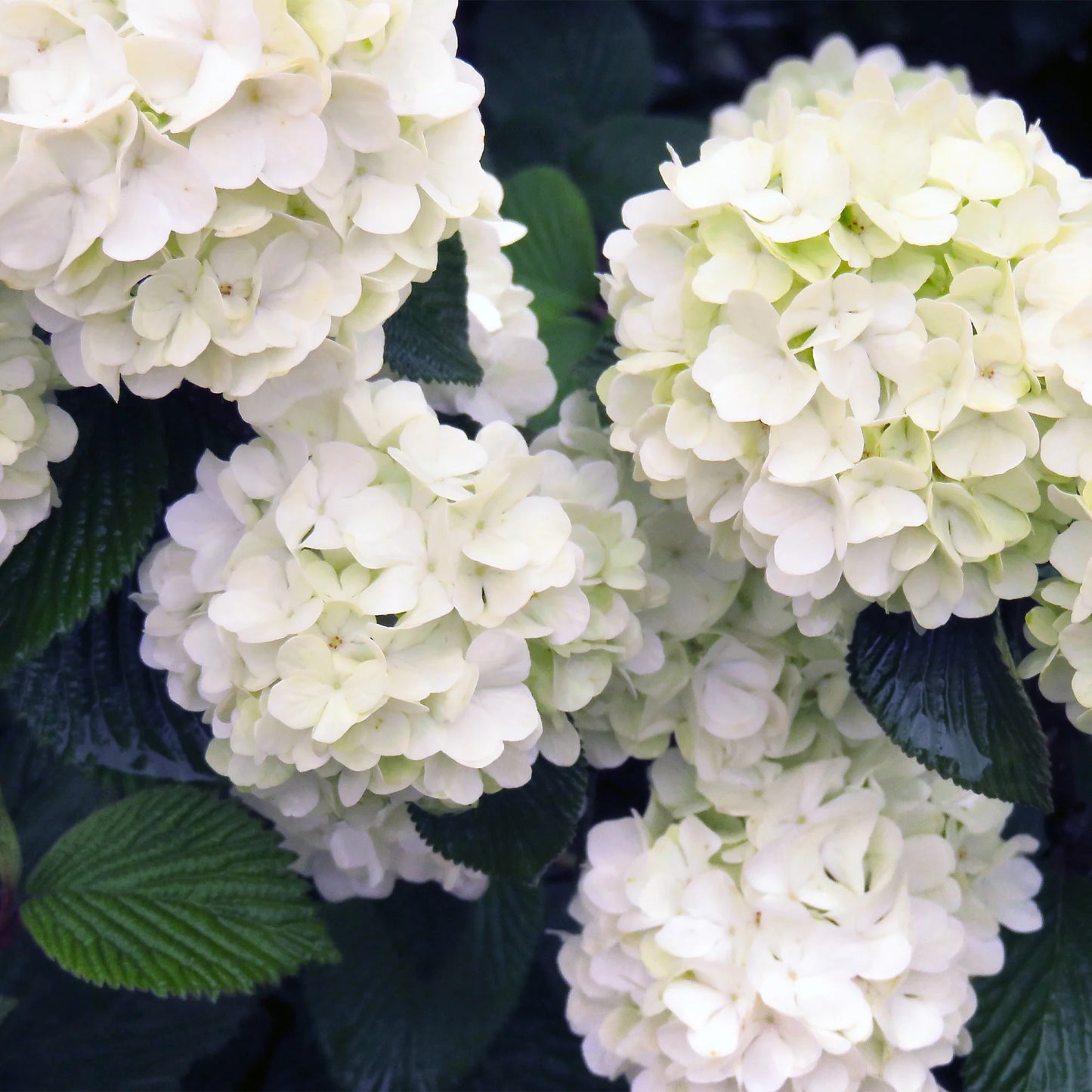Viburnum Burkwood (3 Gallon)
Viburnum Burkwood (3 Gallon)
46 in stock
Full sun and Partial shade
Couldn't load pickup availability
Viburnum Burkwood (Burkwood Viburnum) – 3 Gallon
Description
Viburnum Burkwood, also known as Burkwood Viburnum (*Viburnum × burkwoodii*), is a highly ornamental, multi-stemmed deciduous shrub prized for its intensely fragrant, snowball-like clusters of white flowers that bloom in mid-spring. The blooms emerge from pink buds and fill the garden with a sweet, spicy scent. After flowering, clusters of red berries appear, ripening to black and attracting birds. The glossy, dark green foliage turns a rich maroon in fall, providing multi-season interest. With its upright, densely branched habit and moderate size, Burkwood Viburnum is perfect as a specimen, in mixed borders, or as a flowering hedge. It is easy to grow, deer resistant, and tolerant of a wide range of soils and urban conditions.
Key Features
- **Botanical Name:** Viburnum × burkwoodii
- **Container Size:** 3 Gallon
- **Mature Size:** 8–10 ft tall, 6–7 ft wide
- **Growth Habit:** Upright, densely branched, multi-stemmed
- **Foliage:** Glossy dark green, maroon in fall (semi-evergreen in mild climates)
- **Flower Color:** White, fragrant, snowball clusters (2–4" wide), bloom in mid-spring
- **Fruit:** Red berries ripen to black in summer, attract birds
- **Sunlight:** Full sun to partial shade
- **Soil:** Well-drained; adaptable to clay, loam, sand, and a range of pH
- **Water Needs:** Average; water regularly until established
- **Hardiness Zones:** USDA 4–8
- **Maintenance:** Low; prune after flowering if needed
- **Special Features:** Intensely fragrant blooms, deer resistant, drought tolerant once established, attracts birds and pollinators
Care Instructions
1. **Planting:** Choose a location with full sun to partial shade and well-drained soil. Space plants 6–7 feet apart for hedges or mass plantings.
2. **Watering:** Water deeply and regularly during the first growing season. Once established, water during dry spells.
3. **Pruning:** Prune after flowering to shape or remove old stems. Renewal prune every 3–4 years by removing oldest stems to encourage new growth.
4. **Fertilizing:** Apply a balanced, slow-release fertilizer in early spring if desired.
5. **Mulching:** Add a 2–3 inch layer of mulch to retain moisture and suppress weeds.
Landscape Uses
- Specimen or focal point
- Flowering hedge or screen
- Mixed borders
- Foundation plantings
- Wildlife and pollinator gardens





